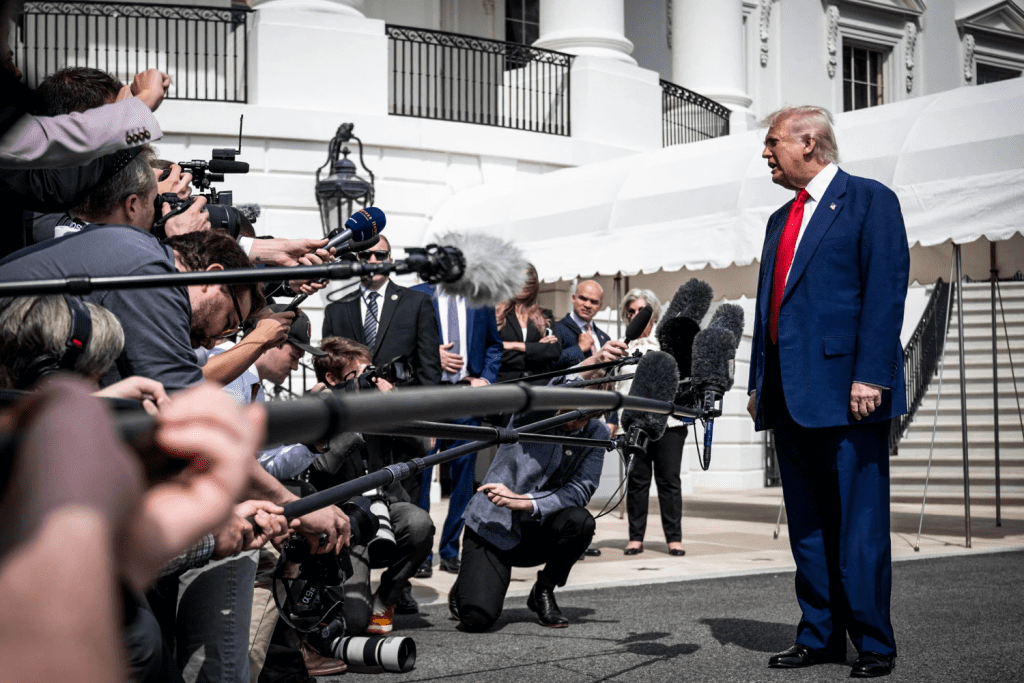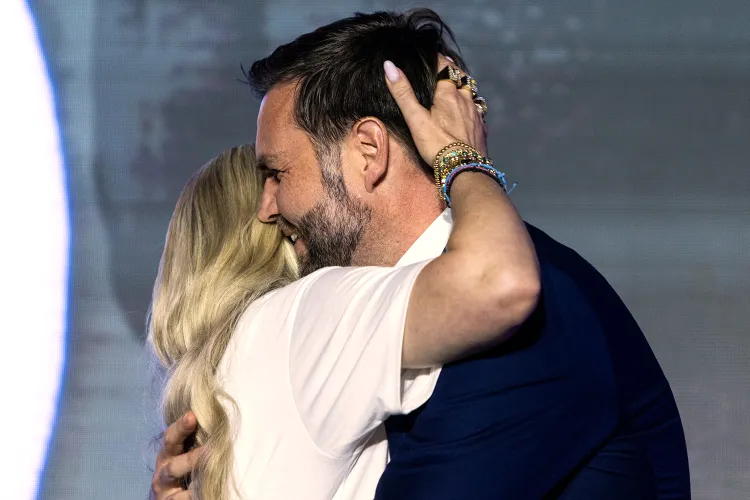Trump Administration Sparks Media Firestorm After Banning Reporters from Sensitive White House Zone Amid Secret Recording Allegations
The Trump administration has moved to restrict access for certain reporters inside the White House following an internal security review that reportedly uncovered multiple instances of journalists breaching protocol. According to sources familiar with the situation, several members of the media were caught attempting to record private conversations and take unauthorized photos of classified materials, prompting what officials are calling a necessary step to protect national security.

The new policy specifically bars credentialed reporters from the Upper Press area — a section near the Oval Office typically accessible for informal interactions and off-camera questions. Reporters will now be required to schedule official appointments to enter that zone, a move the White House Press Office says is designed to “maintain decorum, safeguard sensitive materials, and ensure operational integrity.”
While mainstream outlets like The New York Times and HuffPost have framed the decision as an attack on press freedom, administration officials insist the policy is about security, not censorship. One official, speaking on background, emphasized that “the press is still welcome, but professionalism and respect for the rules must come first.” The source described recent incidents where journalists “wandered into restricted areas, listened in on private staff briefings, and even snapped photos of documents left on desks.”

The controversy echoes a similar episode from the Clinton administration in 1993, when reporters were temporarily barred from parts of the White House complex over comparable concerns. That ban was reversed after backlash — but Trump’s team says this situation is different, pointing to what they call a “pattern of deliberate misconduct” among certain members of the Washington press corps.
Conservative commentators have rallied behind the administration’s move, arguing that boundaries between government officials and the media have blurred dangerously in recent years. “These so-called journalists act like activists,” one senior GOP strategist said. “They’ve traded professionalism for political theater. If they can’t respect classified spaces, then they don’t belong there.”
Meanwhile, White House Press Secretary Kayleigh McEnany defended the new security rules during an off-camera briefing, calling them “a necessary evolution in a post-digital era where even a single smartphone can compromise national security.” McEnany noted that multiple incidents were under investigation, including one in which an accredited journalist was allegedly caught “secretly recording” inside a restricted hallway near the Oval Office.

Liberal media organizations, however, are pushing back hard. The Washington Post described the policy as “a chilling step toward opacity,” while CNN’s media team accused the administration of “weaponizing security concerns” to silence critical coverage. Yet even some veteran reporters privately admit that the modern media landscape has blurred ethical lines — especially in an age of viral leaks and instant social media exposure.
Supporters of the decision argue that Trump’s White House is doing what any responsible administration should — protecting internal deliberations from being manipulated or misrepresented. They also note that the president himself has long complained about what he calls “fake leaks” and “media sabotage,” saying the new rules will ensure fair reporting based on official briefings, not gossip caught on tape.
The move comes amid heightened tension between the administration and Washington’s press corps, following months of confrontational exchanges and the recent tightening of Pentagon and DOJ press protocols. Yet for Trump’s allies, this is not about limiting free speech — it’s about restoring order in a system they believe has become chaotic and untrustworthy.
As the dust settles, one thing is certain: the Trump administration has once again drawn a clear line between transparency and security — and it’s daring the media to decide which side they’re really on.


